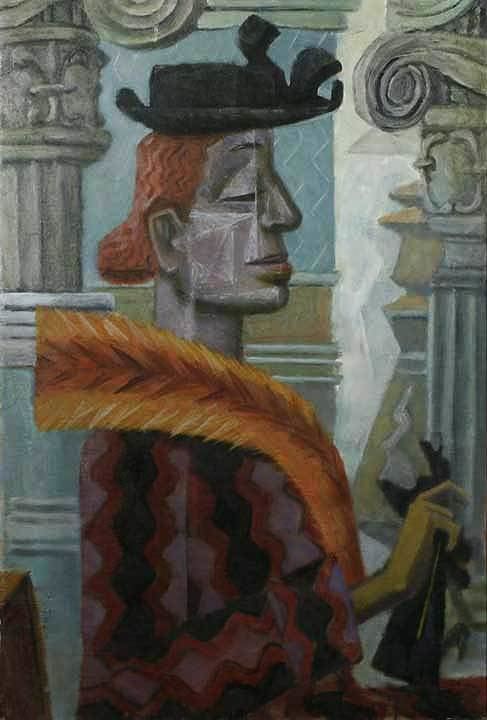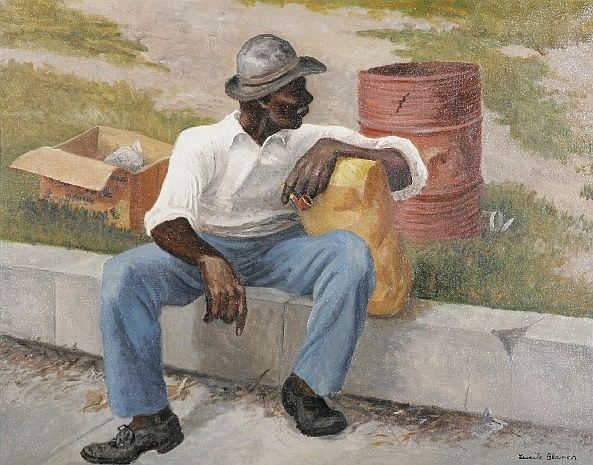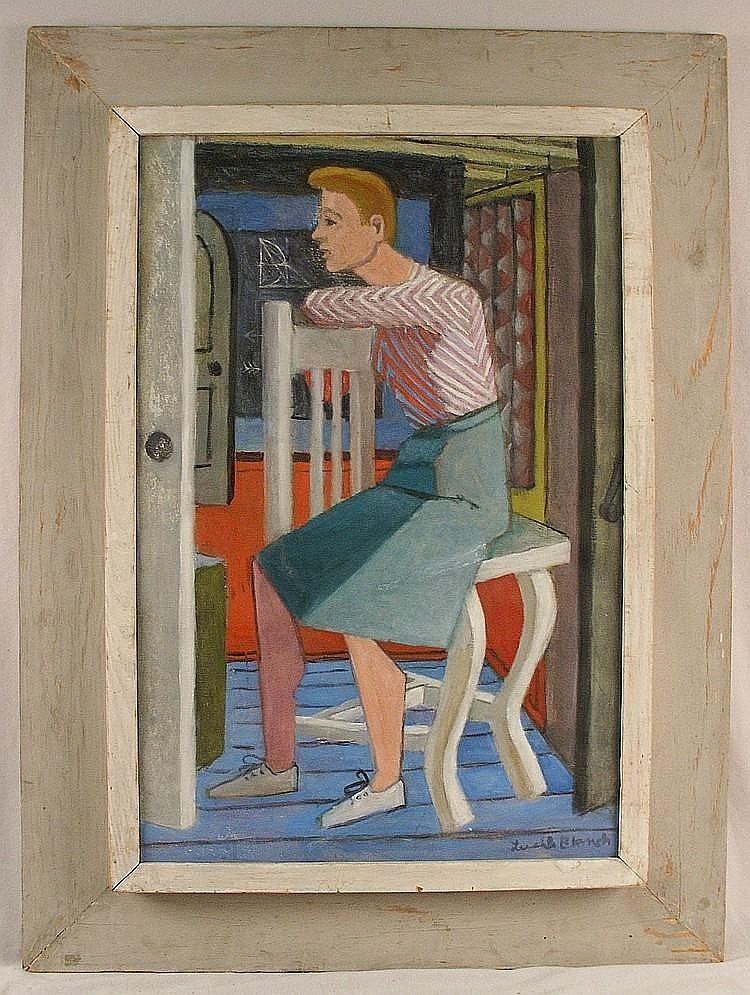Known for Painting | Name Lucile Blanch | |
 | ||
Full Name Lucile E. Lundquist Born December 31, 1895 ( 1895-12-31 ) Hawley, Minnesota, U.S. Died October 31, 1981, Woodstock, New York, United States Education Art Students League of New York (1916–1919), Minneapolis College of Art and Design (1914–1918) Awards Guggenheim Fellowship for Creative Arts, US & Canada | ||
Lucile E. Blanch, née Lundquist, (aka Lucille Blanch, Lucile Lunquist Blanch, Lucile Lundquist-Blanch, and Lucille Lundquist-Blanch) (December 31, 1895 – October 31, 1981), was an American painter and Guggenheim Fellow.
Contents

Biography

Lucile Blanch was born in 1895 in Hawley, Minnesota to Charles E. and May E. Lundquist. During World War I, she studied at the Minneapolis School of Art with her future husband Arnold Blanch, and other notable artists like Harry Gottlieb and Adolf Dehn. After 1918, she won a scholarship to study under Boardman Robinson, as part of the Art Students League of New York. She also studied with artists like Kenneth Hayes Miller, Frank Vincent DuMond and Frederick R. Gruger.

While in New York, she married her husband, Arnold Blanch, and they traveled to France to continue their art studies. They later moved to Woodstock, New York where they helped build the Woodstock Art colony. They divorced in 1935. She was friends with Eugenie Gershoy, who sculpted her at work.

She received the Guggenheim Fellowship in 1933, and from that point on her art was collected and was shown in a number of important galleries, notably the Whitney Museum. She died in 1981 in Kingston, New York.
Murals
Murals were produced from 1934 to 1943 in the United States through the Section of Painting and Sculpture, later called the Section of Fine Arts, of the Treasury Department. The murals were intended to boost the morale of the American people suffering from the effects of the Depression by depicting uplifting subjects the people knew and loved. Murals were commissioned through competitions open to all artists in the United States. Almost 850 artists were commissioned to paint 1371 murals, most of which were installed in post offices. 162 of the artists were women. The murals were funded as a part of the cost of the construction of new post offices, with 1% of the cost set aside for artistic enhancements.
In 1938 Lucile Blanch painted an oil on canvas WPA commissioned mural titled ''Osceola Holding Informal Court with His Chiefs in the United States post office in Fort Pierce, Florida. The mural is on display at Fort Pierce City Hall. In the town of Appalachia, Virginia, she painted the mural Appalachia, also oil on canvas in 1940. The tempera mural, Rural Mississippi-from Early Days to Present was completed in 1941 for the Tylertown, Mississippi post office. In addition, she painted murals in the post offices of Flemingsburg, Kentucky and Sparta, Georgia. The Flemingsburg mural was completed in 1943 as an oil on canvas, titled Crossing to the Battle of Blue Licks, while the Sparta post office project consisted of three panels. The oils on canvas depicted an antebellum plantation house, the granite quarry near Sparta and the third showed local Hancock County scenery. Blanch was one of the few artists who actually painted WPA murals in the same town for which the work was commissioned and accepted input from local residents prior to the painting process.
Style
Blanch began her career focusing on realists subjects, however, increasingly she became an abstractionist.
